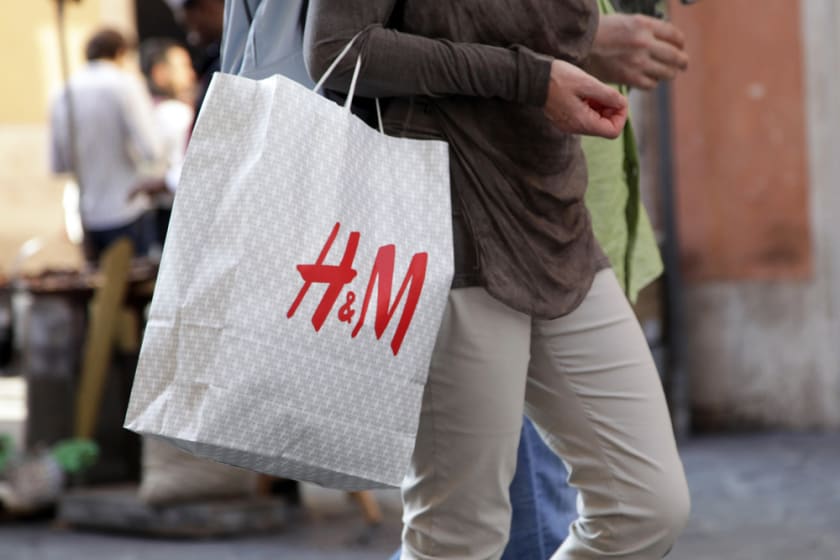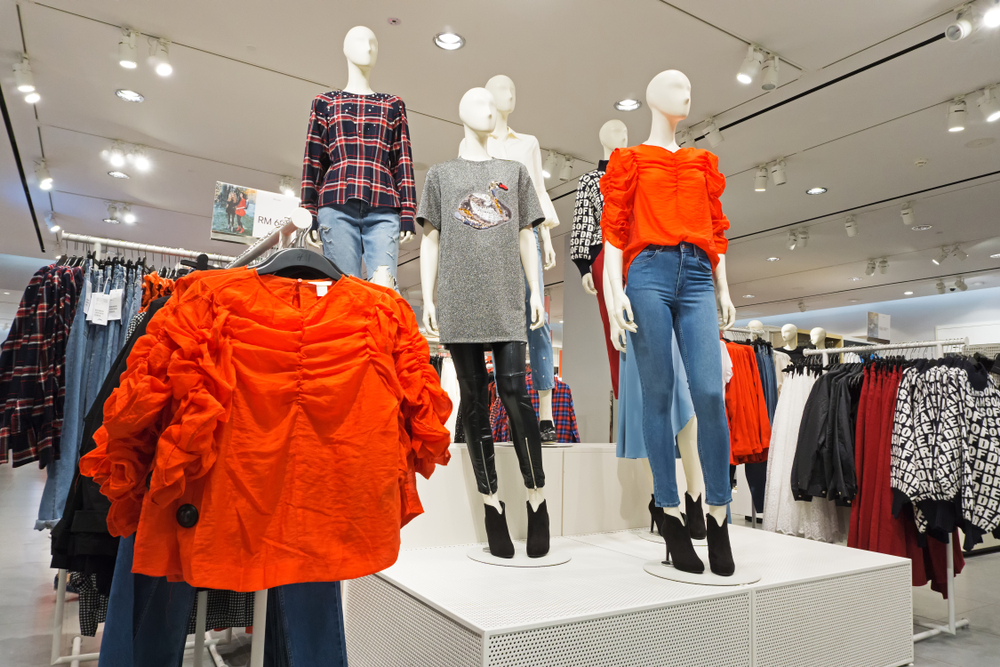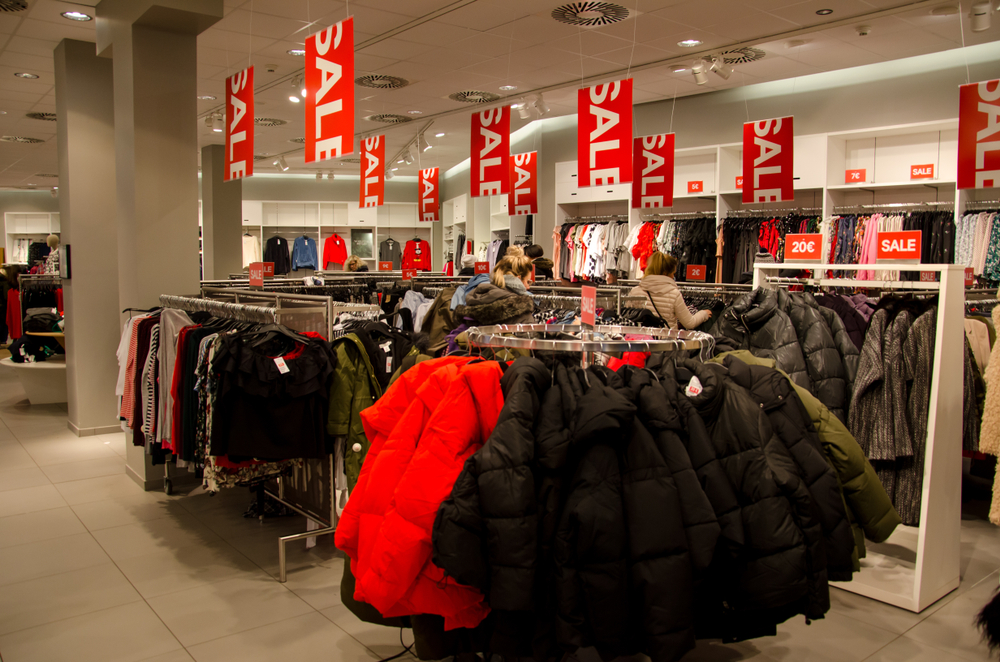Inside the H&M Lab: Creating Garments From Thin Air



According to sources, H&M Group’s CEO Helena Helmersson spoke at the CEO Agenda in New York City recently, where she wore a pink tee-shirt to the event and looked great. The garment seemed to be a standard top. However, the fibres used to produce the garment were spun out of thin air to give it its appearance. Fairbrics, a French company that has worked in partnership with the H&M Group's Circular Innovation Lab (CIL), has invented a fabric that can be recycled.
Fabric out of the air
According to its website, the CIL was created 2 years ago and is based in Stockholm. Its mission is to aid early-stage firms in their journey from prototypes to manufacturing-scale operations, among other things. As part of the program, innovators get help in putting their ideas through testing, learn how to function in the design industry, and gain access to the shop network, among other things.
With the use of alternative resources, the goal of utilising 100% sustainably produced materials or recycled textiles by 2030 will be more challenging to achieve. Many materials that civilisation requires either do not yet exist or are not easily accessible on a large enough scale to meet our demands on a timely basis on a large enough scale.
How is pollution being converted into yarn?
- In the fashion industry, polyester is a popular fabric because it is a kind of synthetic fibre that is easy to work with. Polyester is a synthetic material that is often used in the creation of clothes. Conventional polyester is derived from fossil fuels, which depletes natural resources and adds to CO2 emissions in the atmosphere.
- By applying molecular chemistry to absorb CO2 from industrial emissions and transforming it into polyester shells that can be utilised in a range of different applications, Fairbrics confronts this problem head-on. The pellets or shells produced are spun into polyester yarn and fibres, which are subsequently used to construct clothing and other goods.
- Creating an overarching idea for the product was the starting point for all of H&M's initiatives. As a consequence, H&M tied up with Fairbrics to employ their technology to produce polyester with the smallest possible dose.
- H&M boosted capacity, and then they created the world's first air-based polyester clothing by incorporating polyester manufactured from air into the fabric. This construction technique may be used to evaluate the processability and compatibility of materials for H&M and their quality and appropriateness for usage in other applications.
Removing barriers to innovation

On the other hand, the process of innovation is not always a straightforward one. When designing technology that has not been tested, it is possible that issues may arise at any point throughout the development process. It may also be tough to find suitable partners and raise the necessary funds when you are just starting. In order to meet these challenges, the H&M Group has created an ecosystem that provides assistance in a variety of ways, including the ones listed below:
● Innovative early-stage innovations are identified, supported, and scaled up via the Global Change Awards, which the H&M Foundation sponsors.
● H&M LAB invests in the research and development of technologies that would assist the H&M Group in becoming more circular in its operations.
● CIL is co-funding a proof of concept effort with the H&M Group to test and analyse whether or not ideas apply to the firm.
● They typically have between 10 and 15 projects in the works at any one time, all of which are at varying stages of development, according to their size.
In the search for a more sustainable future, collaboration is essential.
● When it comes to benefiting from our ecosystem positively, Fairbrics is an excellent example of how a company may succeed. H&M urged them to apply for the Global Change Award as part of an accelerator program. After their success, Fairbrics moved on to the next stage of its growth and development.
● The collaboration between Fairbrics and Circular Innovation Lab has resulted in a fabric that contains around 30% carbon dioxide. This is the result of less than a year of experimenting.
● Making the early prototypes has been a fantastic journey that they have enjoyed immensely.
● The team of ten spent as many as seven years of tireless efforts to get the touch and feel of the fabric right. They began by working on the chemistry and ended by getting the fabric quality right.
The further procedure
- The Circular Innovation Lab and Fairbrics have shown that the gases from air can be converted into fabric materials that may be utilized to produce the fabric. However, people will not see carbon dioxide-derived apparel on the shelves of retail outlets in the near future.
- After demonstrating the feasibility of the concept, Fairbrics will undertake a project to generate larger quantities of the product before levelling up to full-scale industrial manufacturing.
- Participating in the Circular Lab has proven to be a fantastic learning experience for those involved. Even though they were in the very early phases of development, they were willing to invest in the time and effort necessary to build an environmentally friendly solution when the company could only manufacture a few grams of the product at a time.
Feel of fabric made from air
The carbon dioxide is collected, activated, and transformed into a sustainable polyester fabric that looks and feels like conventional polyester. It serves the dual purpose of providing clothing while also preventing the release of carbon dioxide into the atmosphere.
Manufacturing polyester from air
● Fairbrics is tackling the issue of waste and lack of sustainability in fashion by absorbing carbon dioxide from industrial emissions and transforming it into polyester pellets via the use of molecular chemistry.
● Then, these pellets are whirled into yarn and polyester fibres which may be utilised to make clothes and other articles of apparel.
● For all of the projects, the first step was to develop a proof of concept for the eventual product, which was done in the same way. H&M forged a relationship with Fairbrics in order to employ their technology to produce small amounts of polyester for use in H&M clothing. After that, they increased the volume, and once everything was operating well, the team converted the polyester into a piece of clothes for the model, which she wore.
● They will be able to examine the quality, processability, and appropriateness of the materials for H&M Group brands.
● For their part, Fairbrics and the Circular Innovation Lab have shown that greenhouse gasses can be converted into raw materials that may be utilised in the manufacture of consumer products.
● Because they have shown the practicality of their idea, their next step will be to embark on a large-scale endeavour to create larger quantities of their product before scaling up to full-scale commercial manufacturing.
● "Working with the Circular Innovation Lab has been a beautiful experience," Benoît Illy, CEO of Fairbrics, said of the collaboration. "Working with the Circular Innovation Lab has been a wonderful experience," he said. They were willing to put in the time and effort necessary to develop a long-term solution from the beginning."
● Additionally, H&M is only able to produce a few grammes, which is a significant issue. He went on to explain that they were sympathetic to his worries and willing to share their expertise in the textile manufacturing sector with him and the other participants.

Conclusion
Each of the initial samples of Fairbrics was generated using a fantastic process that they really loved using. It took more than several years and the tireless efforts of a team of more than ten people to accomplish the project from the time the team first began working on the chemistry to the moment they were able to touch and feel the cloth for the first time. In terms of a firm that reaps the advantages of our ecosystem in a positive manner, Fairbrics is an excellent example.
Fashinza would be your go-to partner for all of the newest fashion industry news and information. Fashinza is a business-to-business (B2B) garment manufacturing platform that operates in the United States. Fashinza aids clothing firms in the production of their collections by putting them in touch with manufacturers. Contact us to know more!



















